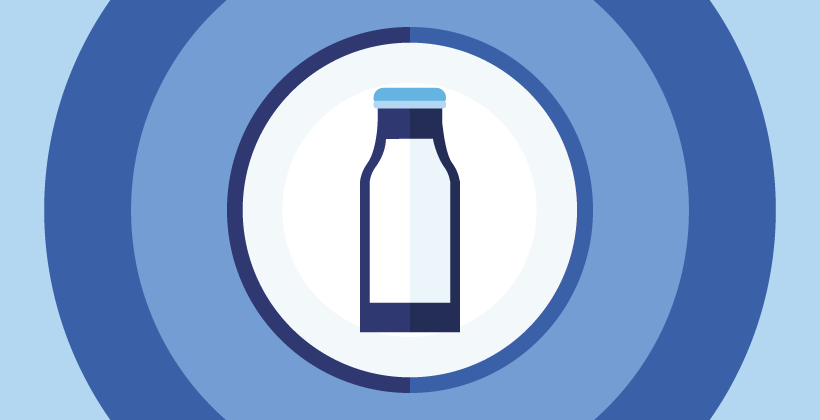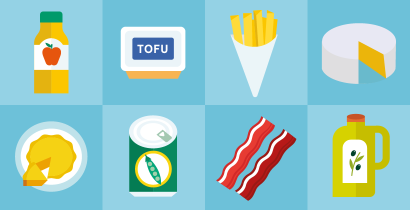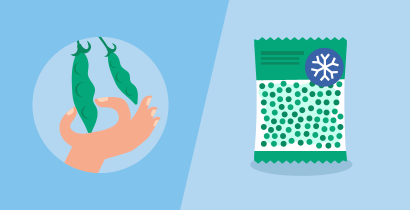Milk and yoghurt (Infographic)
Last Updated : 28 November 2018
Table of contents
Milk is an important source of protein in our diet. Did you know that raw milk may be harmful due to bacteria which causes foodborne illnesses? A short period of heat processing (e.g. pasteurisation) makes milk safe to drink while further food processing turns milk into other products such as yoghurt. This infographic helps us understand the processing steps of milk and yoghurt.
Download the printable PDF version here.




